A large member of this species with an elongated build and upright posture and bright white cap wing patches popping from midnight black!
Meet the White-winged Redstart
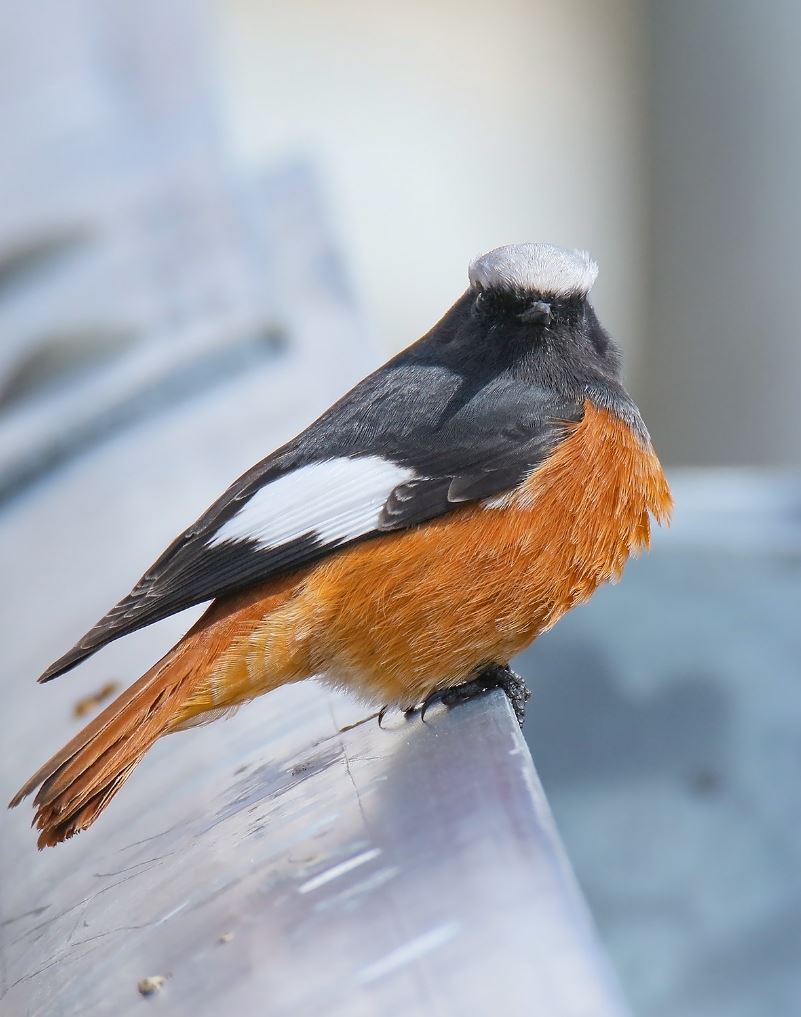
Photo (cropped) Courtesy of Imran Shah / CC BY-SA 2.0
The White-winged redstart (Phoenicurus erythrogastrus), also called Güldenstädt’s redstart is one of the largest redstarts out there, being 18cm long, and weighing in at 21 – 29 grams. The adult male has black upper parts except for his prominent white crown, white wing patches, and an orange-red tail. The throat and upper breast area are also black, while the underparts are rich orange-red.
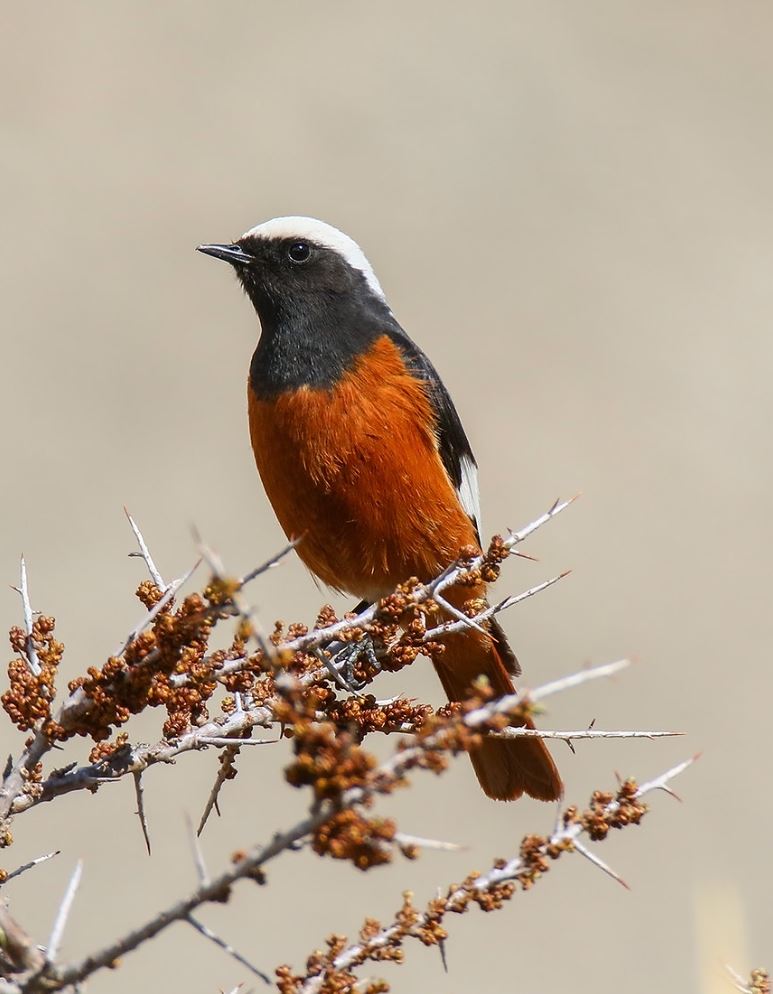
Photo (cropped) Courtesy of Imran Shah / CC BY-SA 2.0
The female is brown above and orange-buff below with an orange tail.
Juvenile birds look similar to adult female birds.
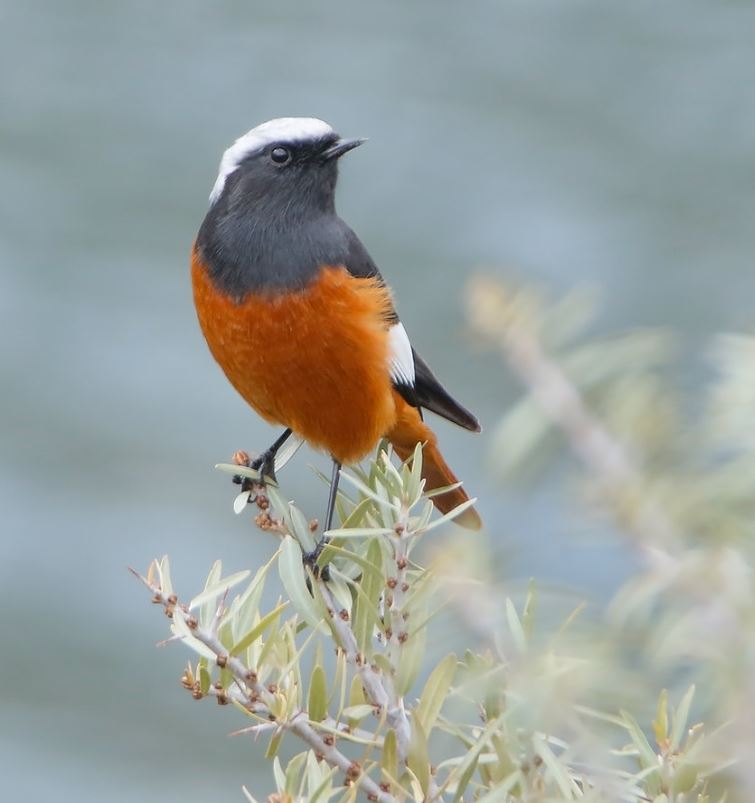
Photo (cropped) Courtesy of Imran Shah / CC BY-SA 2.0
These birds are found in the high mountains of the southwestern and central Palearctic in the Caucasus, Karakoram, Pamir, Himalaya, Tian Shan, and Altai, in the countries of Afghanistan, Armenia, Azerbaijan, Bhutan, China, Georgia, India, Iran, Kazakhstan, Mongolia, Nepal, Pakistan, Russia, Tajikistan, Turkmenistan, and Uzbekistan.
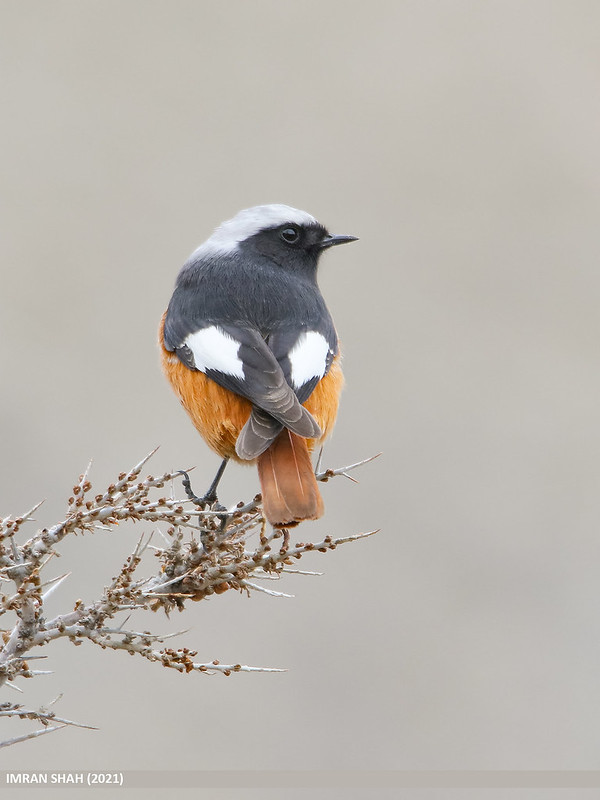
Photo Courtesy of Imran Shah / CC BY-SA 2.0
The White-winged Redstart likes to live in and around alpine meadows and rock fields.

Photo (cropped) Courtesy of Imran Shah / CC BY-SA 2.0
They feed on fruit and a wide variety of invertebrates.

Photo (cropped) Courtesy of Imran Shah / CC BY-SA 2.0
White-winged Redstart breed from June through to July when they build a bulky cup-shaped nest from grass and wool, lined with animal hair and feathers, placed well inside a crevice or in a cliff, sometimes deep under rocks often near a permanent snowline. Within a clutch of 3 to 5 eggs are laid and incubated for around 12 to16 days. Nestlings usually remain for around 14 days.
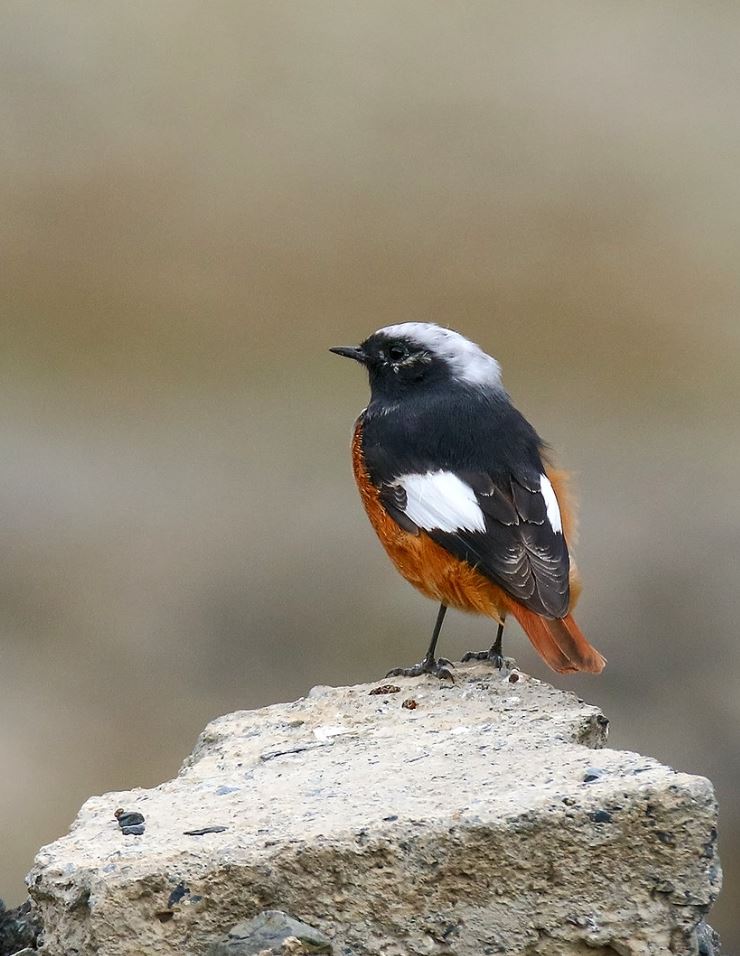
Photo (cropped) Courtesy of Imran Shah / CC BY-SA 2.0
This bird is regarded as of Least Concern on the IUCN Red List.

Photo Courtesy of Imran Shah / CC BY-SA 2.0
You can watch and listen to this bird right here in the video below:




